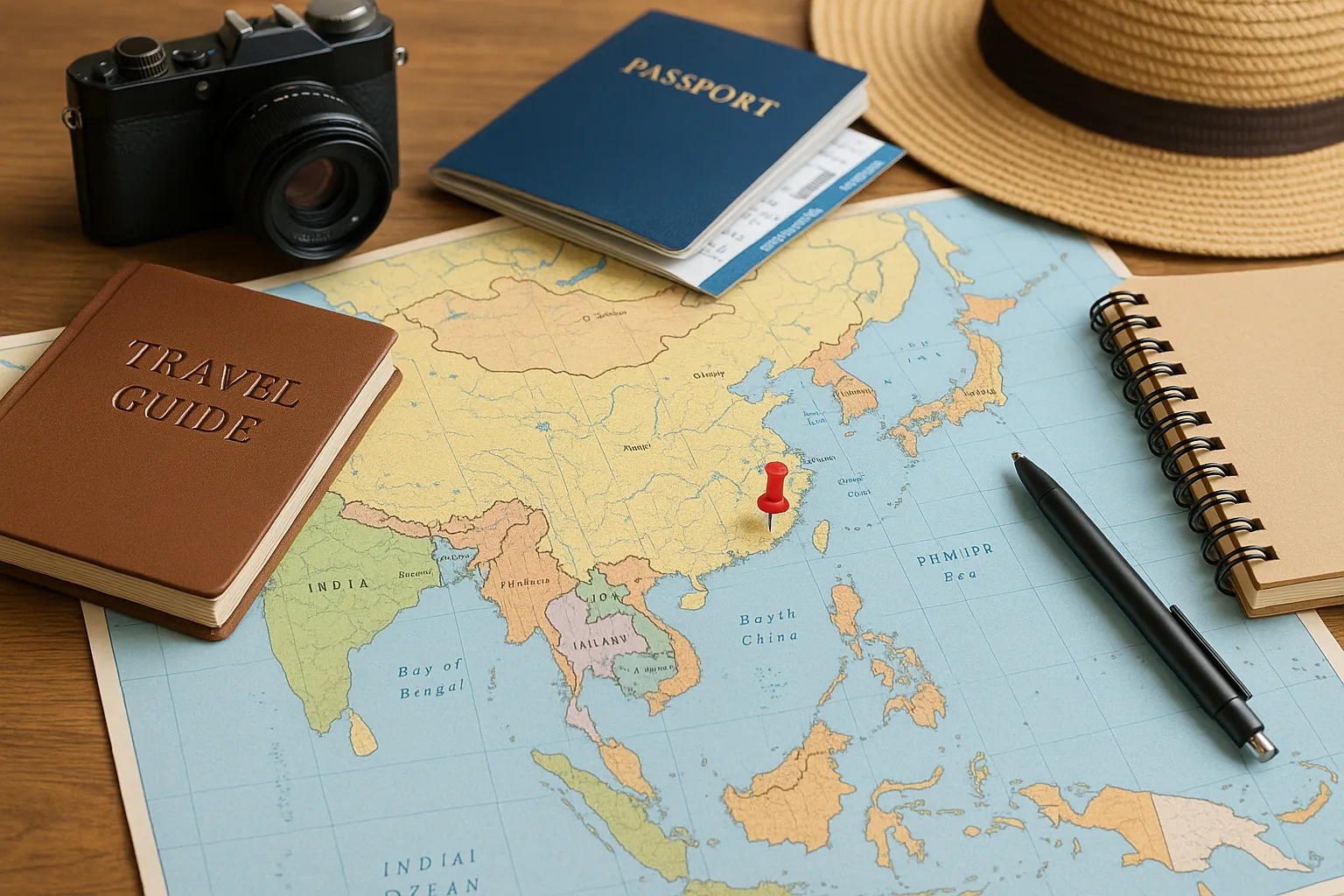East Asia Travel Outlook: What to Know Before You Go
East Asia remains one of the most coveted regions for international travelers, blending world‑class cities with quiet countryside and island getaways. Carriers continue to fine‑tune capacity on trans‑Pacific and intra‑Asia corridors, while airports roll out smoother e‑gates and mobile declarations. Expect higher occupancy in major hubs and competitive fares during shoulder periods.
Entry & Formalities
- E‑gates & mobile apps: Many airports use biometric e‑gates for faster arrivals. Pre‑registering details on official apps (where available) can reduce wait times.
- Transit rules: If you’re connecting via a third country, double‑check whether you need a transit visa or to clear immigration for baggage re‑check.
- Local registrations: Some cities require short address registrations for stays at private homes—hotels usually handle this automatically.
When to Go
- Spring & autumn bring mild temperatures and festivals, but also peak crowds.
- Summer is hottest and most humid; coastal escapes and highland towns offer relief.
- Winter sees value fares and excellent conditions for snow sports in select destinations.
Money & Connectivity
- Payments: Contactless cards and mobile wallets are widely accepted; carry a small cash buffer for rural transport or markets.
- SIM/eSIM: Airport kiosks and eSIM plans provide competitive data. Wi‑Fi is abundant in cities, patchier in national parks.
Getting Around
- Rail: High‑speed networks link major cities efficiently; advance seat reservations help on busy weekends.
- Urban transport: Transit cards (often interoperable across metro/bus) save time and small change.
Responsible Travel
- Follow signage at temples and heritage sites; photography rules can vary by shrine, gallery, or performance venue.
Quick Checklist
- Passport validity 6+ months · Confirm baggage rules on multi‑carrier itineraries · Consider shoulder seasons for better value · Pre‑book rail passes where applicable.


